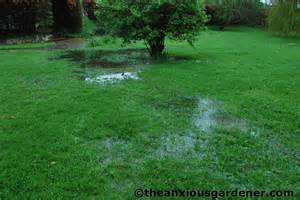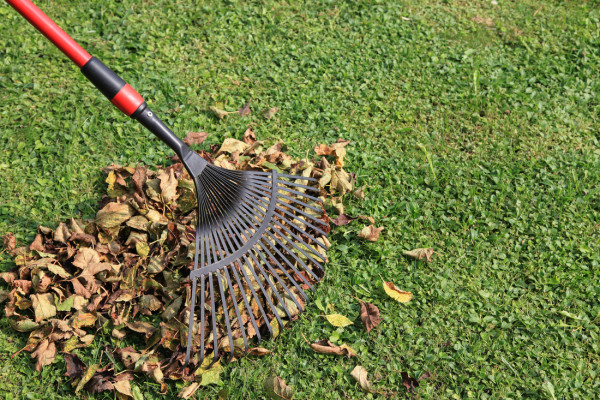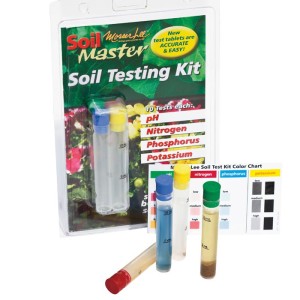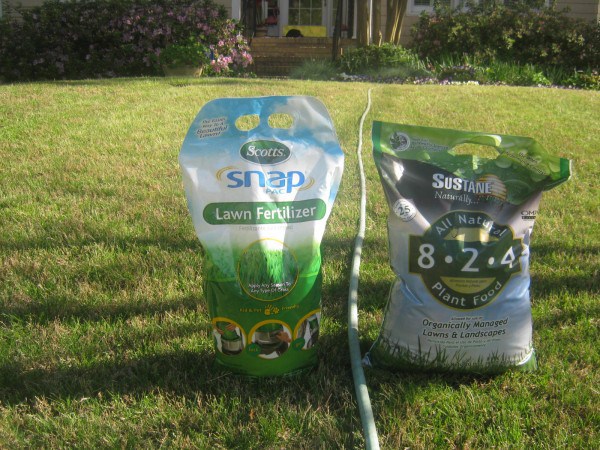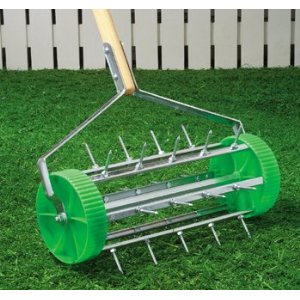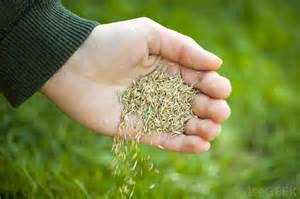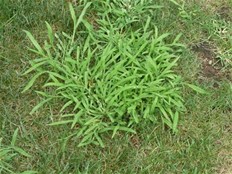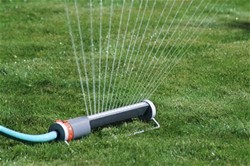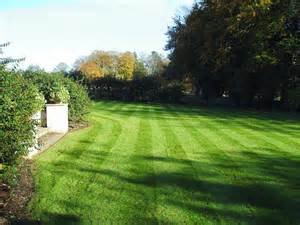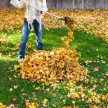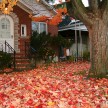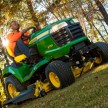Reviving Your Lawn After The Winter
Reviving Your Lawn After The Winter
Your once perfect lawn is going to need some serious TLC if it’s going to survive New England’s snowiest winter ever recorded!
Not only did we take a beating here in New England this winter, but so did our lawns. The extreme cold and snow have been on the ground since our first 3-foot blizzard in January and unless you are a plow driver, you haven’t seen the any “green.”
Assessing The Damage
Every lawn is different and the amount and type of damage you will see may vary.
Now that the frost is beginning to let up and the mounds of snow are finally melting down, chances are your lawn is going to become a flooded mess of mud and puddles! Due to the ground being frozen and the average of 5 feet of snow that was on the grass, it will take a long time for the ground to thaw and for all the snow to melt. Once it does, it’s time to access the damage.
DEALING WITH CARDS YOU’RE DEALT WITH
Patience
Your lawn looks like Boston Harbor and you’re pretty sure you just saw a lobster swimming around, just be patient!! You might get the itch to start working on the lawn, restoring it to its’ lush green color, but you should wait a few weeks. You can’t start working on the lawn restoration until the grown has dried out.
The pooling water might not be there, but the ground is still saturated. Grass might start to sprout up, but wait until it is fully dried out before you give it the first cut.
General Cleanup
A general clean up should be one of the first things you start with this spring. The winter months easily collects branches, blowing debris and of course all the toys you never cleaned up before the first snow fall. Once your lawn is free of tennis balls, beer cans and twigs, you are going to want to check the pH levels and the nutrients.
Importance of Checking pH levels in your soil
Nutrients can wash away and the pH levels change due to large amounts of melting snow.
No amount of water and sunlight will make your lawn luscious and green if you have poor soil, so this is a good place to start. A grass plant’s backbone is its root system. The roots soak up water, collect nutrients, anchor the plant and, in some species, spread out to grow new plants. A plant can only do these things effectively if the soil is right.
Ideally, you want soil that has roughly equal amounts of silt, sand and clay (a “perfect” loam is about 40 % silt, 40 % sand and only 20 %). You also want soil that is fairly loose, but has enough clay to absorb water effectively.
The soil’s pH rating is also important. This rating tells you the relative acidity and alkalinity of the soil. The ideal pH level is around 6.5 or 7, but levels vary between different grass species and climate conditions. You can find out your soil’s pH level by purchasing a pH level kit for either home or professional use. Fix pH levels as soon as possible with fertilizer.
Fertilize
Fertilize the soil using a seed spreader. Use a fertilizer that provides the levels of nitrogen, phosphorous and potassium needed by your type of grass. Consult the fertilizer packaging for levels. Adjust the spreader to deliver the fertilizer at the recommended rate for your type of grass. Apply the fertilizer early in the day. Turn off the spreader when you are not moving to avoid over-fertilizing certain spots.
Keep weed-and-feed fertilizers away from garden plants or other plants and flowers you want in your yard. The weed killer will indiscriminately target the plants and flowers.
Aeration
Due to large amounts of wet, heavy snow on your lawn for the last several months, your soil becomes extremely compact. When everything is compact , its extremely hard for grass roots to get the vital air it needs to grow.
You are staring a new season, lets let some fresh air in there, use an aerator to let the air into the roots. There are two types of aeration you can do; plug or solid spike. Solid spike dig holes into the lawn that allow water and air into lawn. Plug aerators remove small plug of soil to allow for larger opening for the water and O2. Plug aeration creates more room for expanding soil and allows seeds to go deeper into the soil.
Reseed Where Needed
Despite all the tender loving care you have provided there still could be some areas that just will not grow. This is where reseeding comes in. Reseeding is not going to be easy. One big issue you will run into with reseeding is the birds.
The seed you lay down is like an all you can eat buffet to them. If you have a large enough area, sod might be a better option. One real important thing to remember when reseeding is; make sure not only the top of your lawn is thawed out, but make sure the first several inches are as well.
Weeds
Cold and heavy snow amount winters, much like we just experienced, can also create weed issues. Grass might not survive the cold and snow, but weeds definitely will. Watch out for sprouting up in areas where grass is thin and/or in the rebuilding stage. Be prepared to dig up the roots or use a strong weed killer.
Give Your Lawn a Drink
Be sure to give your lawn about an inch of water every week. Do not think you can miss a few weeks and give it three inches to make up for it. Doing this you can actually drown your already struggling post-winter grass. Best time to water the lawn is in the morning before the winds pick up and the sun reaches its full strength.
Looks aside, your grass needs to be long. For grass that is already struggling to grow, lopping off the grass that is growing is not the answer. When spring comes around, refrain from instantly attacking the grass with the mower at its lowest setting. The grass needs to re-establish itself, if you need to mow it, use the highest setting until the grass is re-established.
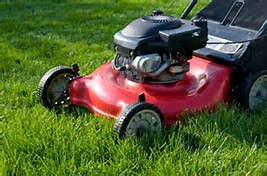 Patience Again
Patience Again
Your lawn isn’t going to grow overnight or even in a week. Your lawn is going to take several weeks of good care and maintenance to come back to lush green normalcy. Taking the correct steps will definitely speed up the process, it is just that, a process. There are a lot of companies out there in which will charge you a lot of money to restore your lawn, but you don’t need them. Follow the correct steps and you will have a nice green lawn, but your pockets will be lined with green as well.




